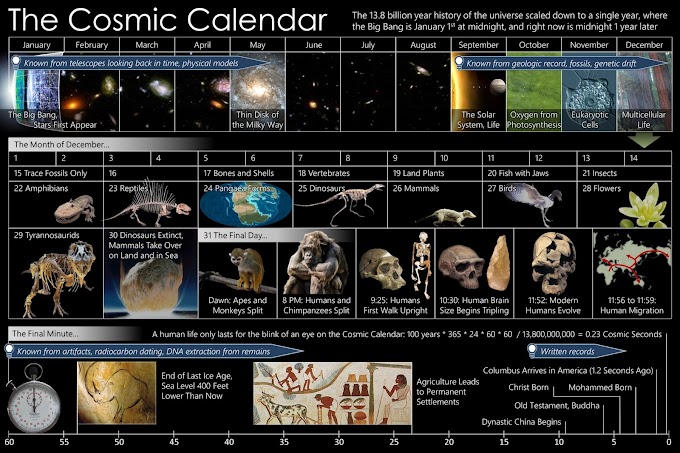One of the many everyday myths and/or misconceptions about nature that is widely spread in much of the population, and that is repeated over and over again is the one that states that "Lightnings never strike the same place twice", and the phrase is even used as an expression of relief or satisfaction in diverse situations. Electrical discharges have been inspiration for all kinds of mythological beliefs throughout the history of mankind; but, as in every myth, reality is quite different, in fact, and to make it clear quickly: yes; Lightnings can strike twice, thrice, ten, one hundred times the same place, and actually that happens quite often.
First, let's analyze what lightning is and why it occurs:
The lightning is a powerful natural discharge of static electricity, produced during a thunderstorm, which generates an electromagnetic pulse. The precipitated electrical discharge of the ray is accompanied by the emission of light (the lightning), caused by the passage of electrical current, which ionizes the air molecules, and by the sound of thunder, produced by the shock wave. The electricity (electric current) that passes through the atmosphere quickly heats and expands the air, producing the characteristic thunder noise. In other words, when it rains on the earth's surface, there is natural evaporation that elevates the water particles. Meanwhile, at a higher level, above 5000 meters high, the hail particles formed in the cloud collide with ice crystals and acquire a positive charge and the latter negative charge. Below that height the opposite occurs.
This way the ice crystals present within the storm cloud and lighter than hail are dragged towards the top of the cloud forming a region of positive charge between 8 and 10km high, while about 5km high negative charge builds up. Thus, there is a positive pole at the top and a negative one at the bottom. It is estimated that each lightning is about 5 kilometers long by only 1 centimeter wide, and discharges between 1,000 and 10,000 million Joules of energy, with a current of up to 200,000 amps and 100 million volts. The surrounding air can reach temperatures of 20,000 ºC, more than three times the temperature in the surface of the Sun, which is around 6,000 ºC. This ammount of heat can evaporate the sap of trees by popping them and sometimes melts the sand and forms masses of glass. Such temperature also heats the air through the beam. The heated air expands with such violence that it produces the shock waves we perceive as thunder.
When lightning strikes nearby, we hear an explosive burst. If it falls further, a long rumor is heard, because the sound waves refract in the atmosphere and bounce against the mountains and other terrain accidents. Since the speed of light is greater than the speed of sound, it is possible to determine how far the beam has fallen. Counting the seconds that pass between lightning and thunder, and then dividing them by 3, you get approximately the distance in kilometers to which the lightning has fallen.
These conditions logically occur anywhere, and in a totally unpredictable way, therefore, lightning can strike anywhere. A study conducted by NASA claimed that one out of three lightnings that strike the earth does so in several places at once; not only do lightnings strike in the same place, but they can also do it at the same time.
According to data from the World Meteorological Organization (WMO), about 44,000 storms are produced daily in the world and more than 8 million lightnings are generated. They strike when the potential difference between the cloud and the earth exceeds the insulating capacity of the air. The electrical charge of the earth in the area under a storm is concentrated on the highest objects and causes them to attract the lead discharge.
Thus, trees and taller buildings are often reached by lightning. Taking into account all these factors, the american Benjamin Franklin (1706-1790) invented the lightning rod, in 1753, whose main purpose was to attract an ionized beam of air to drive the discharge to the ground in such a way that it did not cause damage to people or buildings. The Empire State Building, for example, receives the impact of about 25 lightnings every year.
 |
| Benjamin Franklin (1706-1790) |
It should be noted that if lightning strikes a human being, the chances of survival are less than 30%. 74% of the survivors are left with physical and mental sequelae that they bear throughout their lives.
And finally, another of the misconceptions that can be heard frequently is how to protect yourself during a thunderstorm, since many people claim that it is best to seek shelter under a tree, to fall to the ground to be as low as possible, and the well-known "there is no safer place during a thunderstorm than inside a car", all those ideas are incorrect and really dangerous for life, but the correct ways of protection and why the aforementioned must be avoided, remain for maybe another time.









0 Comments